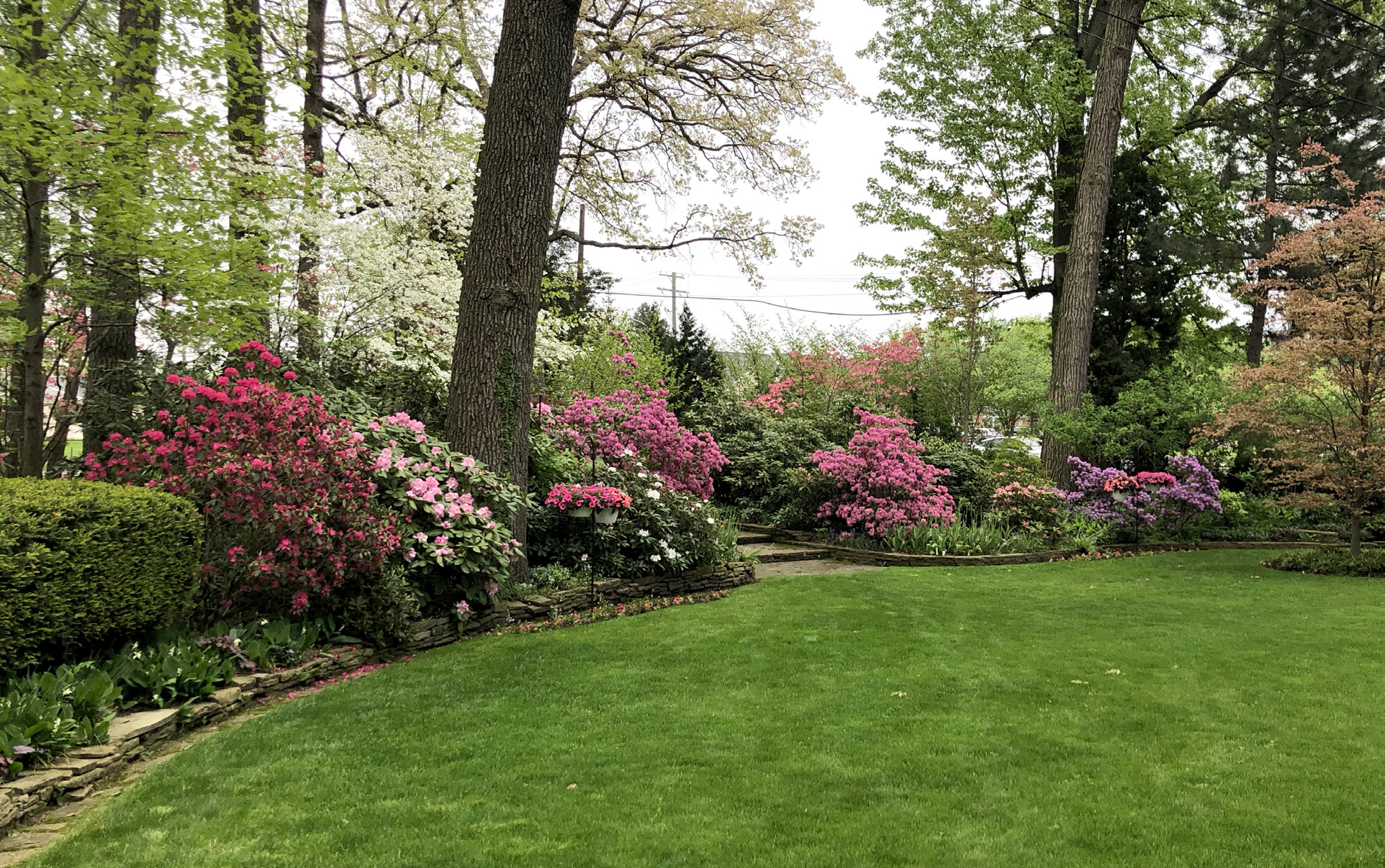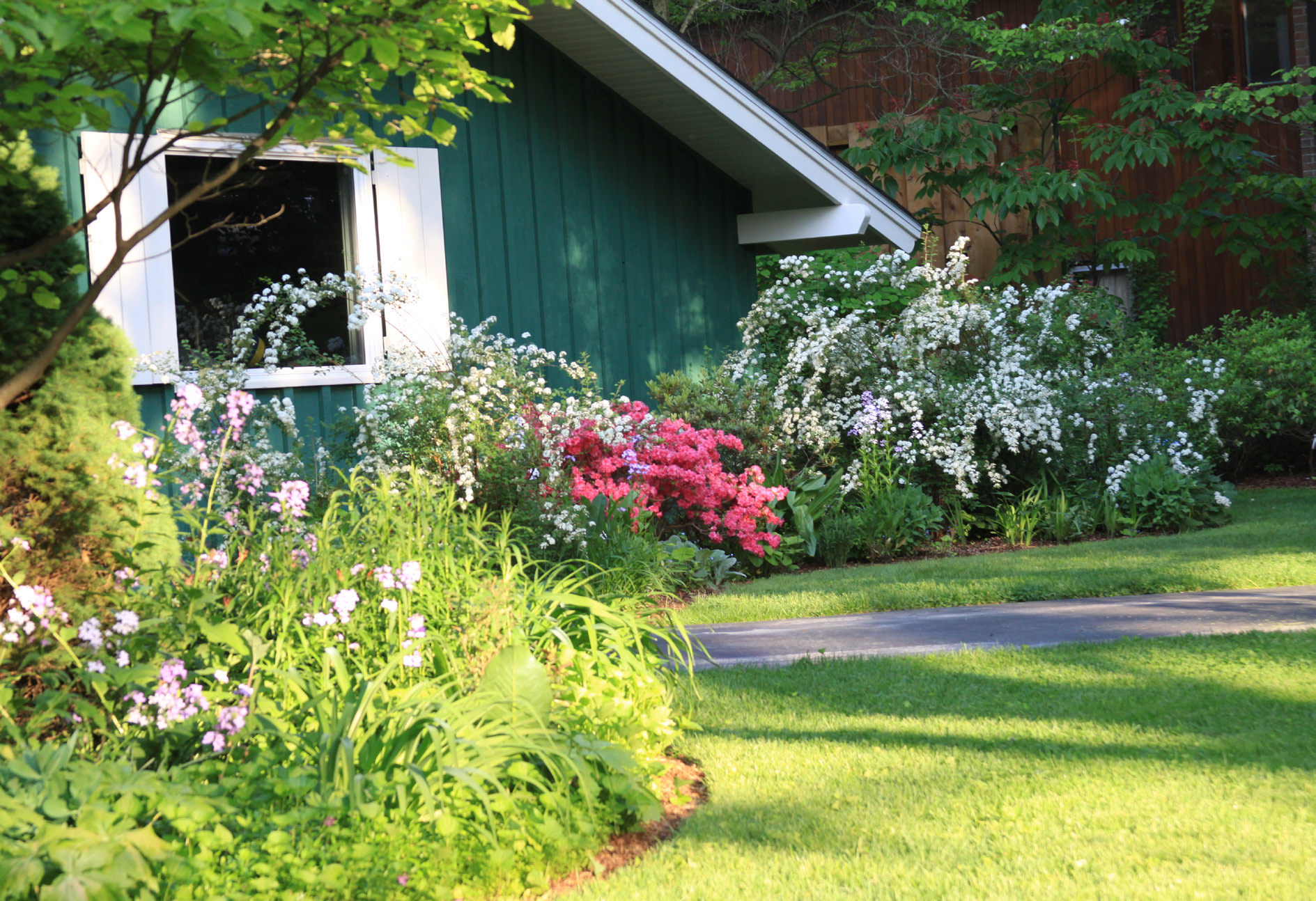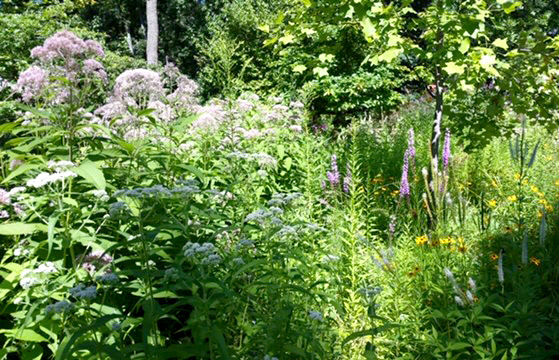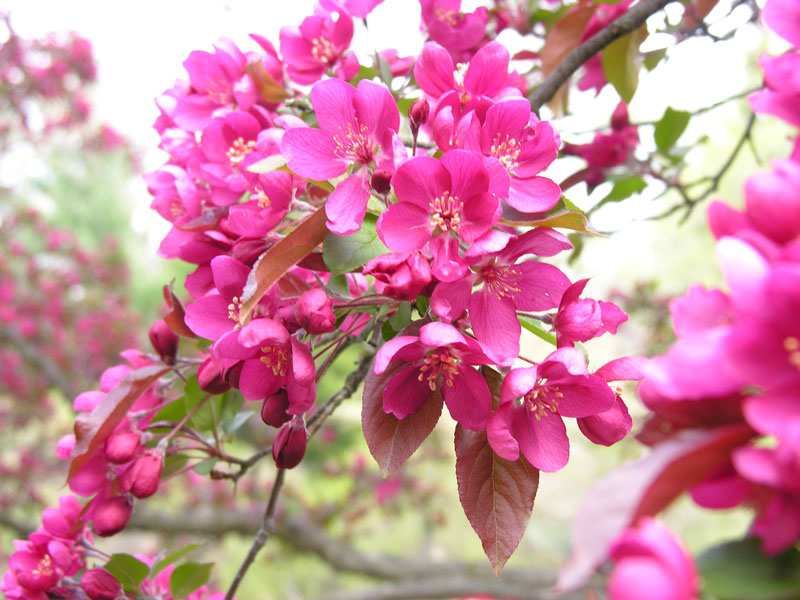Our Services: Garden Design
Design training is the key part of a Landscape Architect’s degree and work. One learns to know and use the principles of design, then to master a process that produces (hopefully) a pleasing result. For gardens there are five steps: Site analysis, client understanding and wishes, a conceptual plan of functions and spaces and materials, more client understanding and informed wishes, and then a more detailed plan and/or proposal.
Look here to learn about principles of design:




The leap (of creativity) comes in reaching a concept that makes sense, combining an understanding of the site with an understanding of the client’s wishes to reach a course of action.
Of great importance to us are good drainage systems, fertile well drained soils, effective and efficient watering. Then come our client’s required activities, which determine uses and spaces. Then comes infrastructure construction. Last comes the combination of materials (including plants) that work well toward the agreed upon plan.


With new clients and new sites the process is more elaborate. With our older clients and on sites we have long worked, the process is often quite brief.
We don’t do construction drawings, just sketches in planview that are a basis for testing ideas with our clients, gaining a foothold on an agreeable direction to go forward, and finally initial instructions to our crew.
Consider there 10 Important Things in a Landscape Design Process:



